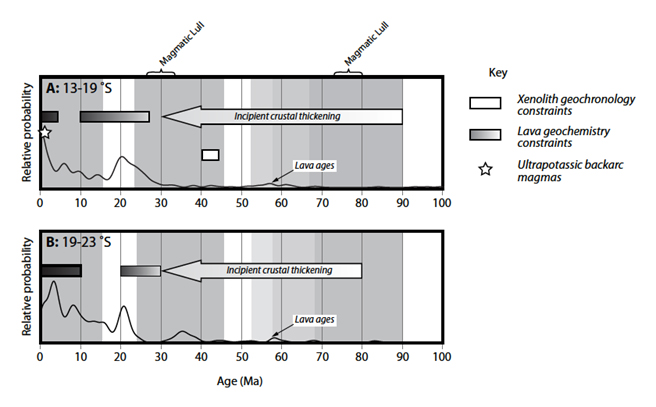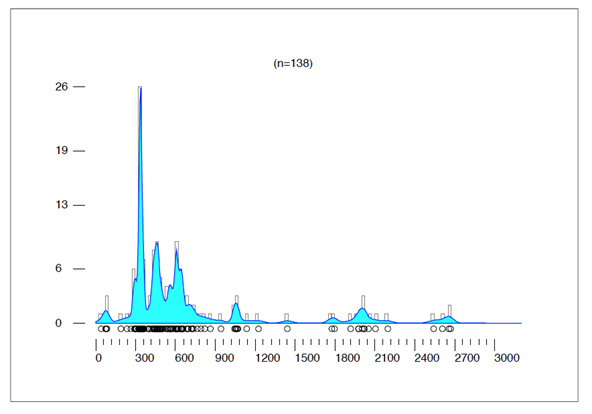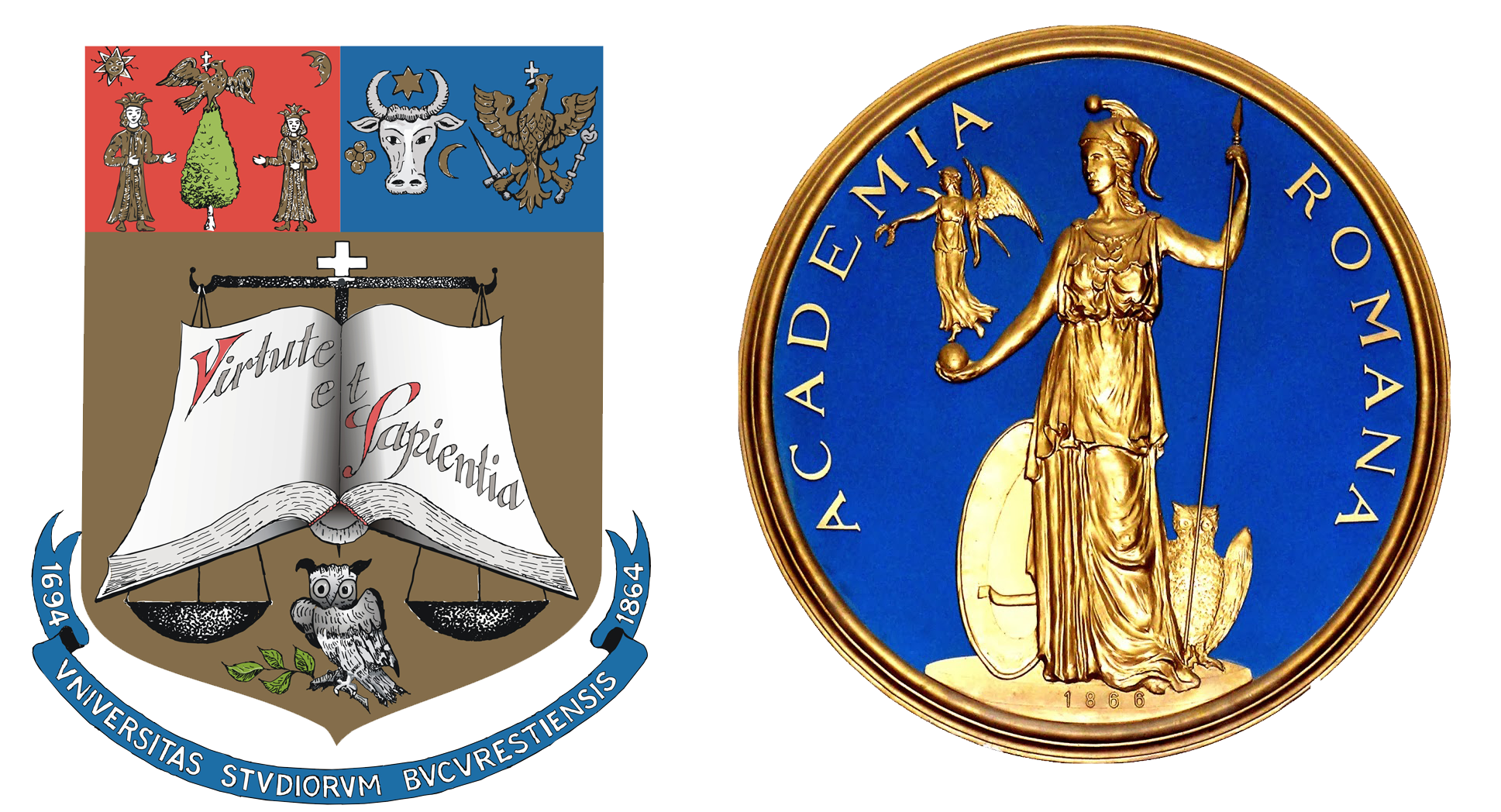New Methods for Tracking Regional and Global Crustal Changes Using the Geochemical Record of Magmatic Rocks and Their Derivative Sediments
| Program: | CUTE |
| Project Cod: | PN-III-P4-ID-PCCF-2016-0014 |
OBJECTIVES / ACTIVITIES
Work package 1: New whole-rock proxies and applications to the Phanerozoic rocks record beyond the Americas: (year 1) 
Outcome: Provide a comprehensive list of crustal thickness geochemical (and possibly isotopic) proxies using global modern data and to test their robustness in independently well understood relatively recent (Phanerozoic) orogenic regions. An invited review paper (Review of Geophysics) will be the publication to sum all geochemical proxies. Regional data will be published separately.
Work Package 2: The continental subduction record – The Carpathians and beyond (years 1 and 2).
Outcome: Establish the similarities and differences between crustal thickness proxies in oceanic versus continental subduction magmas. Apply to critical questions such as resolving the closing of the Tethys Ocean in southern Tibet.
Work package 3: Into the detrital record: calibrating zircon, sphene, apatite (years 2-3)

Outcome: New partition coefficients to be empirically determined where needed to determine elemental concentrations of whole rocks that formed in equilibrium with detrital zircon, apatite and titanite. Two papers, one on apatite, one on titanite, will describe the analytical techniques for measuring ages and trace elements and outline plausible applications to the detrital record.
Work package 4: Applications in the detrital realm: zircons and more (years 3-4)

Outcome: Determine the crustal evolution of the earliest continental crust and its continuation into the Eo and Paleo Archean. Similar studies based on the detrital record will be performed on datasets from Antarctica and Danube heavy mineral cargo.
Work package 5: Applications to the global record of the continental crust (year 4)
Outcome: Quantify global trends in crustal thickness of the continents. Compare these results with similar studies using independent parameters. Plug these results into the mineral evolution database and concepts, as well as correlate with major tectonic events (e.g. but not limited to times of supercontinent formation) and major biologic or climate change events of planetary relevance.

